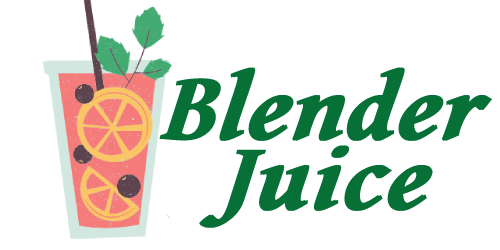The Best Types of Juicers for you.
Share
To extract juice from fruits, vegetables or wheatgrass, an efficient manual juicer is an essential tool in the kitchen. In the market today, there are three main types of juicers: centrifugal juicer, masticating juicer and triturating juicer.
A centrifugal juicer consists of blades and a sieve. In a simultaneous step, the centrifugal juicer grinds, spins and sifts. The empty pulp is disposed at the back of the juicer.
In terms of time consideration, this type is on top of the list since it is the fastest juicer. It is also the recommended model to use for most green vegetables.
The Breville Juice Fountain Elite is one of the best models for a centrifugal juicer. It has a large chute perfect for juicing whole pieces of fruits. This minimizes initial preparation such as peeling and slicing. In addition, the Breville Juice Fountain Elite is so easy to use that kids can prepare their own glass of juice with it. Clean-up is also easy because of its stainless steel construction. The downside in a centrifugal juicer model, however, is that the high speed causes the juice to oxidize and lose most of its beneficial enzymes and nutrients.
The masticating juicer uses one gear in its mechanism. Like a centrifugal juicer, it also uses a spinning motion to extract liquid from a pulp. It uses a screw-style molding where fruit and vegetable matter are crushed and compacted. Simultaneously, this is passed through a static screen where the pulp and the juice are separated.
Unlike the first type, the masticating juicer uses slower speed at 80 rpm thus producing a less oxidized and more nutritious drink. The slow speed also ensures the pulp to be juiced out until dryness. This type is recommended for homogenizing baby food, making fruit sorbets and blending sauces.
An Omega 8005 Juicer is a good brand for a masticating juicer. The disadvantage for this type, however, is that it is harder to wash. The key in maintaining it is washing the several parts immediately after use. This prevents the pulp or the juice from building up. It is also more expensive than a centrifugal juicer but the healthy produce makes the price worth it.
The most intricate type of the three is the triturating juicer. It uses a twin-gear system and has a two-step process. It also has the slowest rpm compared to the other juicers. In a triturating juicer, the crushing step is separated from the pressing step. This process preserves the enzymes, minerals, nutrients and fiber of the produce. To add to the reduction of the oxidation, some models of the triturating juicer use bio-ceramic technology.
The slow speed may be a problem for this type but the high quality of juice produced makes up for the extra time spent. The triturating juicer can be used for leafy vegetables, wheatgrass, sprouts, carrots, beets and non-pulpy fruits.
An interesting pick for this category is the Green Star Juicer 3000. This model has attachments for making mochi and pasta. The whole machine can also be assembled and disassembled, making it easy to clean.
There are many types of juicers, each serving a specific purpose with its own pros and cons. Think about what your kitchen needs now and shop for your perfect juicer.
